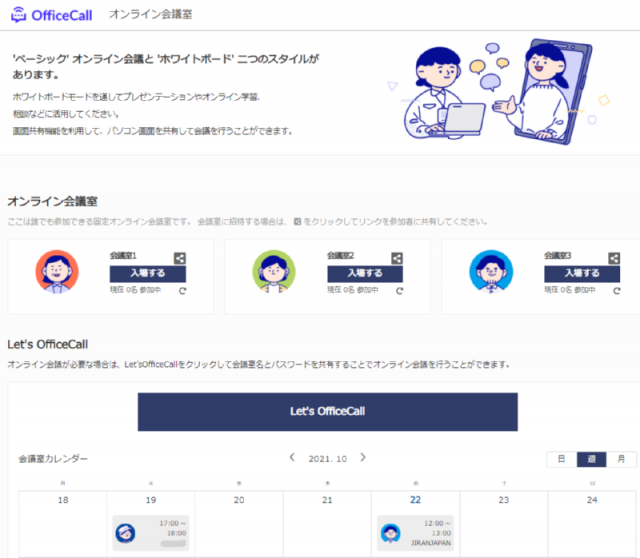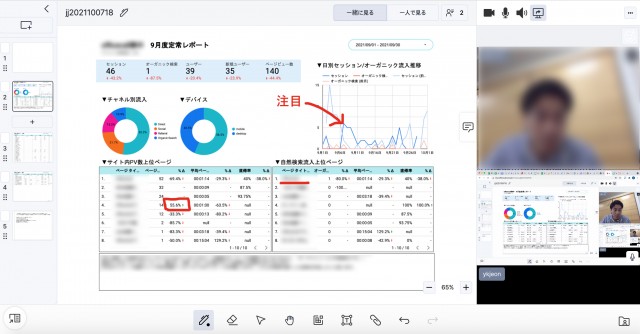Heater hoses are an essential component of a vehicle's heating system,…
ページ情報
照会 2回
作成日: 24-05-10 14:31
본문
Replacement:
Over time, heater hoses may degrade due to exposure to heat, coolant, and environmental conditions. It is advisable to replace heater hoses periodically, following the manufacturer's recommended schedule or if any signs of damage are observed. When replacing heater hoses, it is essential to use high-quality hoses that are compatible with the vehicle's make and model to ensure proper fit and function.
Symptoms of a Coolant Leak:
1. Low Coolant Level: One of the most obvious signs of a coolant leak is a low coolant level in the reservoir. If you find yourself having to frequently top up the coolant, it may indicate a leak in the system.
2. Visible Puddles Under the Car: A coolant leak may manifest as puddles of brightly colored liquid (usually green or orange) under your parked vehicle. This is a clear indication that coolant is leaking from somewhere in the system.
3. Engine Overheating: If your engine starts to overheat, it could be a sign of a coolant leak that is preventing the proper circulation of coolant to regulate the engine temperature.
4. Sweet Smell: A leaking coolant may give off a sweet smell, which can be noticeable inside or outside the car. This distinctive odor is a key indicator of a coolant leak.
Proper maintenance of brake calipers is crucial for ensuring the effectiveness and longevity of a vehicle's braking system. Regular inspection of the calipers, brake pads, and rotors can help detect any signs of wear or damage early on. Symptoms of faulty brake calipers include squeaking or grinding noises when braking, uneven brake pad wear, and a soft or spongy brake pedal feel.
**Purpose of Clutch Cable:**
The primary function of the clutch cable is to transfer the force exerted on the clutch pedal by the driver to the clutch release mechanism. When the driver presses the clutch pedal, the cable transmits this force to disengage the clutch, allowing the driver to change gears smoothly.
If an issue is detected with the brake calipers, it is important to address it promptly to avoid safety risks and further damage to the braking system. Common problems with brake calipers include leaking seals, seized pistons, and sticking caliper sliders. In many cases, the best course of action is to have the brake calipers inspected and repaired by a qualified mechanic.
Coolant, also known as antifreeze, plays a crucial role in keeping your engine at the optimal temperature for proper functioning. A coolant leak can lead to overheating and serious engine damage if not addressed promptly. In this article, we will discuss how to identify and diagnose a coolant leak in your vehicle.
In conclusion, coolant is a crucial component of a vehicle's cooling system that plays a vital role in preventing engine overheating and maintaining optimal performance. By understanding the functions of coolant, choosing the right type, and following proper maintenance procedures, you can ensure the longevity and efficiency of your vehicle's cooling system.
Functionality:
Heater hoses are connected to the Engine Tuning Software's cooling system through fittings or clamps and extend to the heater core located inside the vehicle. Coolant flows through these hoses, absorbing heat from the engine and transferring it to the heater core. The heater core then uses a fan to blow air over its surface, warming the air before it is circulated into the cabin through the vehicle's vents.
Components of an Engine Tune-Up:
During an engine tune-up, a trained mechanic will typically inspect and, if necessary, adjust or replace the following components:
1. Spark Plugs: Worn-out or faulty spark plugs can negatively impact engine performance. Replacing them can improve fuel efficiency and power.
2. Filters: Air, fuel, and oil filters are essential for keeping contaminants out of the engine. Replacing these filters regularly ensures optimal engine performance.
3. Ignition System: Checking and adjusting the ignition system components can improve engine starting, acceleration, and overall performance.
4. Emission Control System: Inspecting emission control components ensures your vehicle meets environmental standards while also optimizing engine performance.
Diagnosing a Coolant Leak:
1. Visual Inspection: Start by visually inspecting the engine bay, hoses, radiator, and connections for any signs of leakage. Look for wet spots, stains, or puddles of coolant that can help pinpoint the source of the leak.
2. Pressure Test: A cooling system pressure test can help identify leaks that may not be immediately visible. A special tool is used to pressurize the system, and any drop in pressure indicates a leak.
3. Cooling System Inspection: Check the condition of hoses, clamps, radiator, water pump, and other components of the cooling system for signs of wear, cracks, or corrosion that could lead to leaks.
4. Combustion Leak Test: In some cases, a coolant leak may be internal, such as a blown head gasket. A combustion leak test can detect the presence of exhaust gases in the cooling system, indicating a leak in the head gasket.
5. Professional Diagnosis: If you are unable to locate the source of the coolant leak or suspect a more serious issue, it is recommended to seek the expertise of a professional mechanic who can conduct a thorough inspection and provide a proper diagnosis.
Over time, heater hoses may degrade due to exposure to heat, coolant, and environmental conditions. It is advisable to replace heater hoses periodically, following the manufacturer's recommended schedule or if any signs of damage are observed. When replacing heater hoses, it is essential to use high-quality hoses that are compatible with the vehicle's make and model to ensure proper fit and function.
Symptoms of a Coolant Leak:
1. Low Coolant Level: One of the most obvious signs of a coolant leak is a low coolant level in the reservoir. If you find yourself having to frequently top up the coolant, it may indicate a leak in the system.
2. Visible Puddles Under the Car: A coolant leak may manifest as puddles of brightly colored liquid (usually green or orange) under your parked vehicle. This is a clear indication that coolant is leaking from somewhere in the system.
3. Engine Overheating: If your engine starts to overheat, it could be a sign of a coolant leak that is preventing the proper circulation of coolant to regulate the engine temperature.
4. Sweet Smell: A leaking coolant may give off a sweet smell, which can be noticeable inside or outside the car. This distinctive odor is a key indicator of a coolant leak.
Proper maintenance of brake calipers is crucial for ensuring the effectiveness and longevity of a vehicle's braking system. Regular inspection of the calipers, brake pads, and rotors can help detect any signs of wear or damage early on. Symptoms of faulty brake calipers include squeaking or grinding noises when braking, uneven brake pad wear, and a soft or spongy brake pedal feel.
**Purpose of Clutch Cable:**
The primary function of the clutch cable is to transfer the force exerted on the clutch pedal by the driver to the clutch release mechanism. When the driver presses the clutch pedal, the cable transmits this force to disengage the clutch, allowing the driver to change gears smoothly.
If an issue is detected with the brake calipers, it is important to address it promptly to avoid safety risks and further damage to the braking system. Common problems with brake calipers include leaking seals, seized pistons, and sticking caliper sliders. In many cases, the best course of action is to have the brake calipers inspected and repaired by a qualified mechanic.
Coolant, also known as antifreeze, plays a crucial role in keeping your engine at the optimal temperature for proper functioning. A coolant leak can lead to overheating and serious engine damage if not addressed promptly. In this article, we will discuss how to identify and diagnose a coolant leak in your vehicle.
In conclusion, coolant is a crucial component of a vehicle's cooling system that plays a vital role in preventing engine overheating and maintaining optimal performance. By understanding the functions of coolant, choosing the right type, and following proper maintenance procedures, you can ensure the longevity and efficiency of your vehicle's cooling system.
Functionality:
Heater hoses are connected to the Engine Tuning Software's cooling system through fittings or clamps and extend to the heater core located inside the vehicle. Coolant flows through these hoses, absorbing heat from the engine and transferring it to the heater core. The heater core then uses a fan to blow air over its surface, warming the air before it is circulated into the cabin through the vehicle's vents.
Components of an Engine Tune-Up:
During an engine tune-up, a trained mechanic will typically inspect and, if necessary, adjust or replace the following components:
1. Spark Plugs: Worn-out or faulty spark plugs can negatively impact engine performance. Replacing them can improve fuel efficiency and power.
2. Filters: Air, fuel, and oil filters are essential for keeping contaminants out of the engine. Replacing these filters regularly ensures optimal engine performance.
3. Ignition System: Checking and adjusting the ignition system components can improve engine starting, acceleration, and overall performance.
4. Emission Control System: Inspecting emission control components ensures your vehicle meets environmental standards while also optimizing engine performance.
Diagnosing a Coolant Leak:
1. Visual Inspection: Start by visually inspecting the engine bay, hoses, radiator, and connections for any signs of leakage. Look for wet spots, stains, or puddles of coolant that can help pinpoint the source of the leak.
2. Pressure Test: A cooling system pressure test can help identify leaks that may not be immediately visible. A special tool is used to pressurize the system, and any drop in pressure indicates a leak.
3. Cooling System Inspection: Check the condition of hoses, clamps, radiator, water pump, and other components of the cooling system for signs of wear, cracks, or corrosion that could lead to leaks.
4. Combustion Leak Test: In some cases, a coolant leak may be internal, such as a blown head gasket. A combustion leak test can detect the presence of exhaust gases in the cooling system, indicating a leak in the head gasket.
5. Professional Diagnosis: If you are unable to locate the source of the coolant leak or suspect a more serious issue, it is recommended to seek the expertise of a professional mechanic who can conduct a thorough inspection and provide a proper diagnosis.







